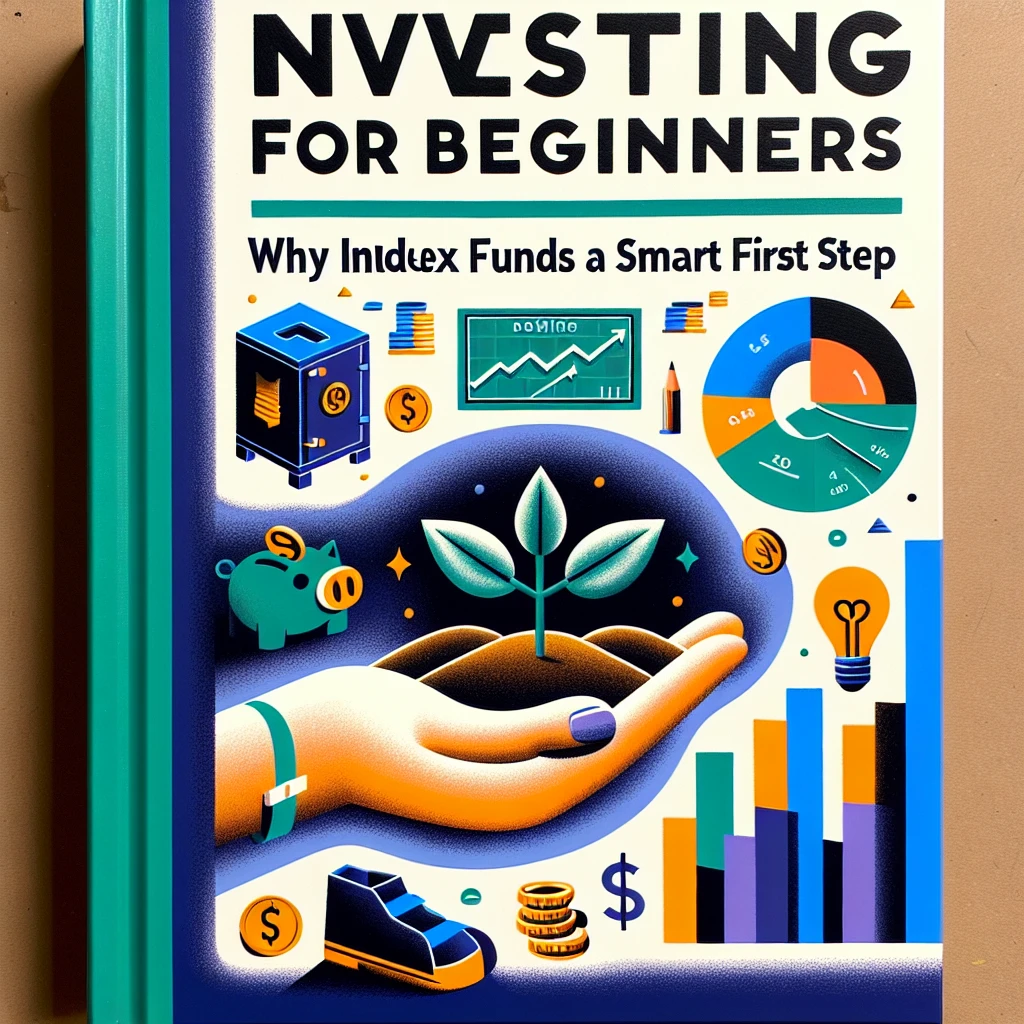Imagine you have $1,000 ready to invest. If you’re new to the stock market, you’re not alone—many find it intimidating, even those with experience can feel overwhelmed.
So, where should you allocate your $1,000? In two words: index funds.
Keeping it straightforward
There’s little need to overcomplicate things here. Investing in a traditional index fund that mirrors the broader market can be an effective strategy to diversify your investments while gaining exposure to some of the most renowned stocks. In my opinion, the iShares Core S&P 500 ETF (-0.09%) is an excellent choice. The premise is straightforward: the fund aims to replicate the S&P 500 index’s performance, a benchmark all investors should aim to follow to some extent. While we might fancy ourselves as savvy stock pickers, consistently outperforming the market annually is exceptionally challenging.
Among the fund’s top holdings are Microsoft, NVIDIA, Apple, and Berkshire Hathaway. This highlights the benefit of holding an index fund like this. With a single investment, you gain exposure to some of the market’s top-performing companies. Over the past five years, holding the iShares Core S&P 500 ETF would have resulted in a 96% gain.
An excellent way to learn
Some might argue that the passive nature of many index funds could yield lower returns compared to selecting individual stocks. Although this may limit the potential upside in an ideal scenario, we do not live in a perfect world. Markets are notoriously unpredictable, and overcoming them is notably difficult. No one possesses perfect insight into the entire market, and even if we did, it would be impossible to maintain a consistently accurate and timely analysis of such vast data.
Even professional investors sometimes achieve returns that fall short of simply investing in funds that track the S&P 500 Index. Putting some of your capital into a straightforward fund that mirrors the S&P 500 can provide you with compelling, diversified returns over time. Furthermore, leading S&P 500 index funds are managed by reputable professionals and have low management fees. This approach contributes to a strong investment strategy that can significantly enhance your portfolio. As previously mentioned, the S&P 500 would have nearly doubled your investment over the past five years.
I view funds as a way to stay aligned with the market while simultaneously investing in individual securities to potentially outperform the broader market. A solid index fund foundation allows you to explore strategic stock selections without betting everything on a single stock.
The best way to learn how to identify stocks that can exceed the S&P’s performance is through index funds. What better way to understand the stock market than by examining companies like Berkshire Hathaway or Apple? Delve into the holdings of the iShares Core S&P 500 ETF and study their financials. You’ll discover why certain sectors of the stock market outperform others. Once you gain experience with an S&P 500 ETF, you can branch out into tech-focused funds, small-cap funds, or any other specialized fund idea.
It’s a gradual learning journey, but starting with index funds provides an excellent introduction to understanding the stock market before venturing into individual stocks.




